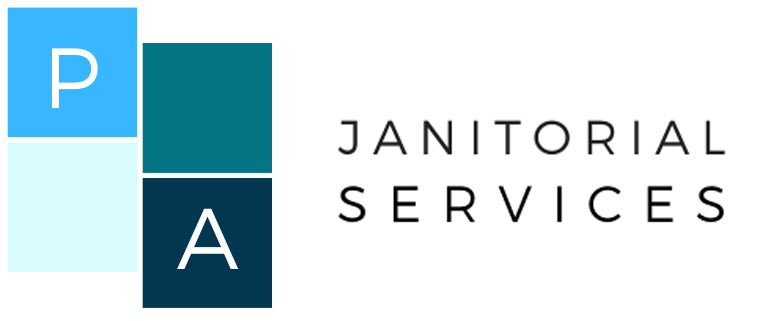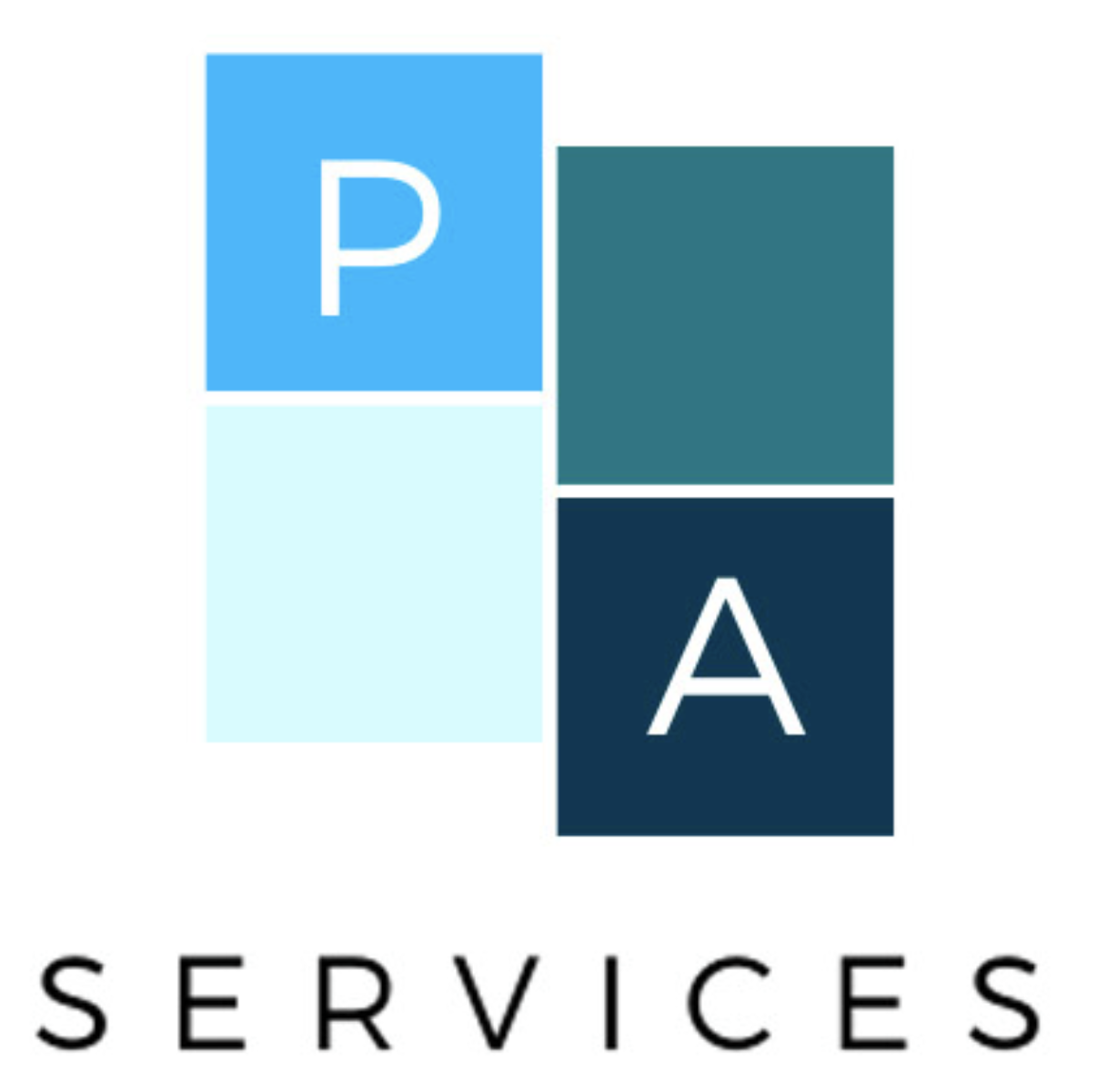Consider the particular needs of your staff, and make certain the options and support of the system you choose are inside finances. Marketing groups can utilize a DAM system to streamline their workflow and enhance their advertising efforts. DAMs can deal with the most popular video codecs like h.264, but they’ve a popularity for restricted video codec support and not with the flexibility to handle digicam native media like Red, XDCam, or ProRes.
With MAM’s capability to look and phase wealthy media property based mostly on their metadata, you can analyze media recordsdata across a complete database. In abstract, when you require functionalities such as media publishing, web content administration, and customer relationship management, you then need a DAM system. On the opposite hand, if your post-production workflows contain a series of logging, transcoding, and collaboration of huge media information then a MAM system is necessary. Media Asset Management is a selected subset of Digital Asset Management, focused on video and multimedia recordsdata rather than digital assets usually.
Automatic File Ingestion
Accessibility is important from a collaboration and distribution standpoint. You should decide what kind of controls it comes to assigning entry to inner or external groups. In addition, to additional make certain that your content material is protected and never mam media asset management software being accessed without your permission, you should take a look at the security features it comes with. This is commonly tied to integration and deployment, so it will range relying in your unique circumstances. Cloudinary’s Media Library makes it easy to addContent, store, manage, and deliver images and videos effectively. If your organization manages tens of 1000’s of graphics, paperwork, and/or product pictures but solely produces the occasional short promotional reel, you’ll almost actually profit more from a DAM.
Since its inception, digital asset administration software program (DAM) and media asset administration software program (MAM) have usually been referenced interchangeably. After all, with solely a one-word distinction between their names, it might be simple to confuse the 2. But, whereas their names, and even definitions, are similar, their performance is tailor-made to very totally different markets.

As a outcome, your brand picture becomes stronger, extra harmonious, and extra skilled even across a number of agencies and systems. In DAM techniques, an outline in the type of metadata is attached to each file, making it searchable. After finalizing and approving belongings, customers can simply share or publish them on websites, social networks, e-commerce platforms, and more—often with automatic optimization for various channels or devices. NFTs, cryptocurrency and blockchain let companies tokenize data, which creates a brand new system for assigning value to things. The unique set of code within NFTs could be used to tokenize digital assets such as degrees, tutorial certificates, licenses or medical data, for example. Excire’s flagship program boasts dazzling new features and enhanced AI expertise.

In this blog, we’ll focus on the differences between DAM and MAM and the advantages of integrating both systems into your digital asset management technique. It can be difficult for organizations of all sizes to manage digital property. MAM techniques, by contrast, excel in connecting with post-production tools and managing time-based workflows. Platforms like Iconik are able to tagging specific moments within a clip. Every observe, comment, AI-identified object, or transcript line is timestamped, and this makes it potential for producers, editors, or reviewers to seek for (and reference) not just clips, but individual frames. And due to MAM software integrations, it’s typically potential to open those precise frames inside editors corresponding to Adobe Premiere Pro or Final Reduce Pro.
- This consistency is crucial for sustaining a unified brand identification, particularly for organizations with global operations.
- It allows your staff to organize property in a means that makes essentially the most sense for your small business.
- This means a video clip can be labeled with descriptive phrases like „sunset“ or “agriculture” or “zebra” without requiring guide input.
- DAM solutions provide the tools you want to protect your assets — simply make certain your team is educated to make use of those instruments correctly.
A digital asset administration system helps cut back tedious metadata-related tasks so groups can focus on higher-value work. There are quite a few benefits of digital asset administration, including productivity boosts, higher collaboration, improved model consistency, and even greater content material ROI. Combining the two techniques permits you to manage all of your organization’s belongings in one centralized location, making it easy to search out and distribute them as wanted. For example, you can use your DAM system to handle your organization’s recordsdata and maintain them organized, while your MAM system could probably be used to manage your media files and automate your production workflows.
DAMs come outfitted with meticulous access controls that pave the way for particular permissions, allowing solely authorized personnel to govern and disseminate property. With DAMs, you can set person agreements and observe asset history, minimizing danger of misuse or copyright infringement. So while your staff enjoys entry flexibility, you can also stay assured about rights safety. DAMs provide role-based permissions, guaranteeing that the proper https://www.globalcloudteam.com/ people have the best degree of access (e.g., view-only, edit, admin). A DAM system like OpenAsset permits users to share belongings with inside and external companions without extra software program.

Integration And Automation Capabilities
MAM solutions are designed specifically for organizations within the media and leisure industry, corresponding to broadcast corporations and manufacturing studios. Broadcasters require complete management of the manufacturing process, from creation to distribution. MAM methods facilitate the creation and management of video content in a video production workflow. Trendy MAM systems store and handle wealthy media libraries from a centralised, reliable supply.
What Are The Core Features Of Dam Systems?
DAM systems are designed to spice up staff synergy, making file sharing, versioning, and suggestions loops simpler and extra environment friendly. Metadata tags, keywords, and custom fields make looking out and retrieving specific belongings more efficient. Move Works covers all MAM, PAM and DAM processes – providing a whole answer that does not require any extra companies or instruments.
Media asset administration is utilized by companies that produce and distribute multimedia content material. That could be anyone working in film manufacturing, information, broadcasting and media agencies. Because of its editing capabilities, MAM is likely to be used by video editors and production staff. MAM systems, then again, are specialized for handling the entire lifecycle of audio and video belongings, making them important in media manufacturing environments.
Examine out the next access and management features you gain from implementing a DAM system. This is an enormous one for anyone working within the media industry—liscensing and copyright. If organisations are purchasing your video belongings, you’ll need to ensure rights and licences are formalised and included in any packages that you just sell. Media asset management solutions will allow you to handle and edit metadata to incorporate info that’ll keep your files from being used without your permission.
A DAM’s common file assist, quick external‑sharing tools, and fundamental automation options will offer every little thing you need without burdening you with post-production integrations you’ll not often use. Generally speaking, DAMs are designed with external sharing and model distribution in mind; they excel at getting content material out the door shortly, successfully, and aesthetically. Many platforms allow users to share content material through custom links, CDN-optimized versions, or automated FTP/SFTP transfers, and a few embody the flexibility to customise the sharing platform to match the client’s brand. Both DAMs and MAMs are designed to maintain your organization’s files accessible, however digital asset managers do tend to incorporate sturdy sharing options. One of the core differences between DAM and MAM platforms lies in how they deal with metadata—specifically, the depth at which data is applied to media belongings. When it comes to primary file types, Digital Asset Management platforms goal to be common libraries.
The greatest DAM techniques also can combine with CMS or net improvement platforms, streamlining the complete creation, storage, and publication process. A DAM system also allows model control and ensures brand consistency by offering permitted and up-to-date property. Consistency is one of the most vital features of a profitable model, because it establishes trust with your buyer base and helps to make your model really feel extra accessible. MAM technology has developed a lot lately and is defying old expectations. Old blanket statements like “MAM is only for large video files” or “MAM is only for media and leisure ai implementation firms,” don’t hold true anymore. Digital asset management (DAM) methods may be secure, but the degree of security depends on the precise software design and implementation.

